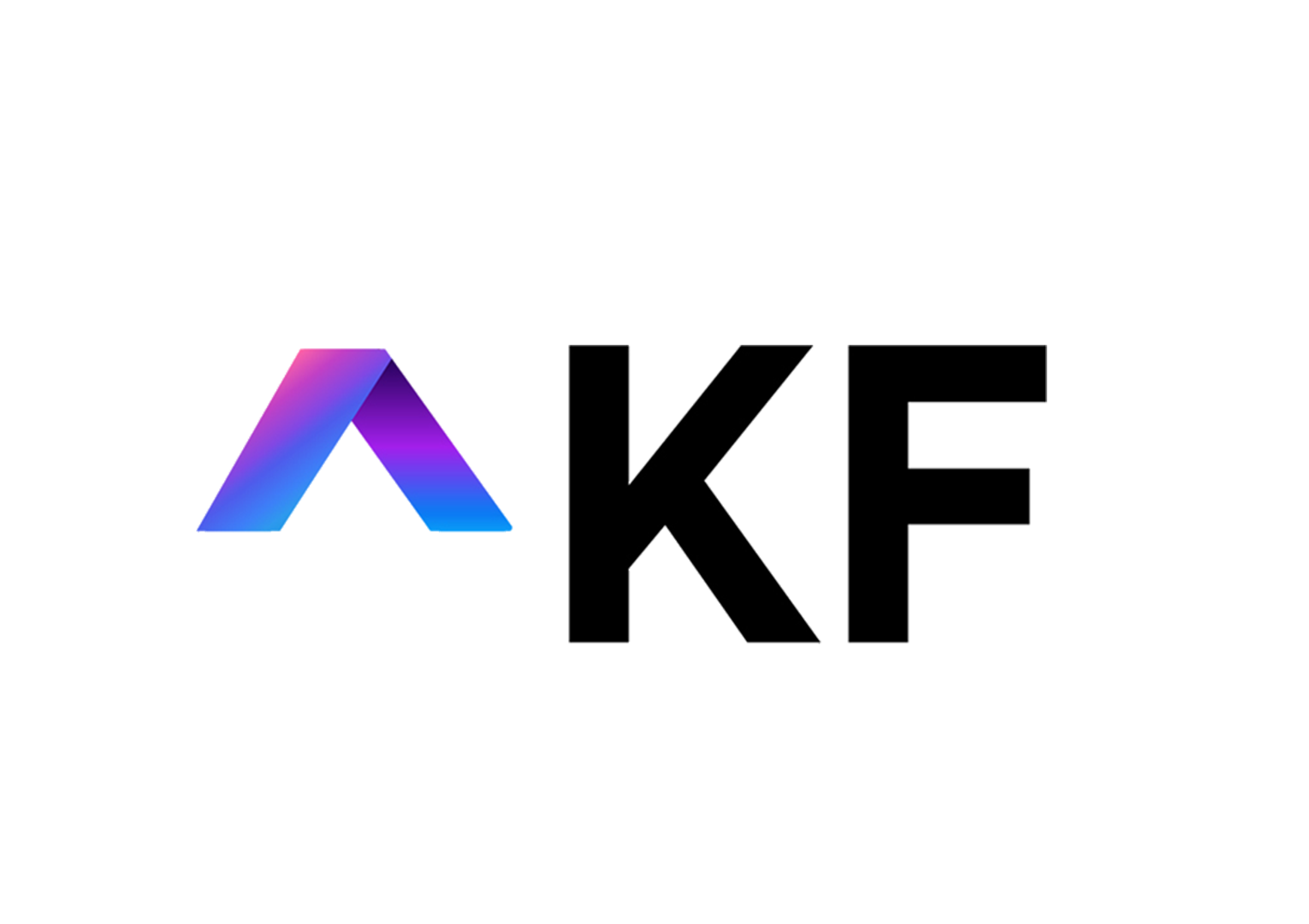
In today’s competitive market, small businesses need cost-effective strategies as they are dealing limited budgets while trying to make a significant impact. The good news is that marketing doesn’t always have to break the bank. With creativity, strategic planning, and a focus on cost-effective strategies, small businesses can reach their target audience effectively and drive growth. In this blog post, we’ll explore various budget-friendly marketing strategies that can help small businesses thrive.
1. Leverage Social Media
Social media platforms are powerful tools for small businesses to connect with their audience without spending a fortune. Here’s how to make the most of them:
- Choose the Right Platforms: Focus on the social media platforms where your target audience is most active. For example, Instagram and Pinterest are great for visually-oriented businesses, while LinkedIn is ideal for B2B companies.
- Engage Consistently: Regularly post engaging content, respond to comments, and interact with your followers to build a community around your brand.
- Use Hashtags: Incorporate relevant hashtags to increase the visibility of your posts and attract potential customers.
- Utilize Stories and Reels: Short, engaging videos can capture attention and drive engagement.
Check out how to utilize LinkedIn for b2b marketing
2. Content Marketing
Content marketing is a cost-effective way to attract and engage your target audience. By providing valuable information, you can establish your business as an authority in your industry. Here are some content marketing strategies:
- Blogging: Start a blog on your website and regularly publish articles that address common questions or challenges your audience faces. Optimize your blog posts for search engines (SEO) to attract organic traffic.
- Guest Blogging: Write guest posts for reputable websites in your industry. This can help you reach a broader audience and build backlinks to your site.
- E-books and Guides: Create downloadable resources that provide in-depth information on topics relevant to your audience. Offer these resources in exchange for email addresses to grow your email list.
3. Email Marketing
Email marketing remains one of the most cost-effective ways to reach and nurture your audience. Here’s how to maximize its potential:
- Build an Email List: Collect email addresses through your website, social media, and in-store promotions. Ensure you have permission to send marketing emails to these contacts.
- Segment Your Audience: Divide your email list into segments based on customer behavior, preferences, or demographics. This allows you to send personalized and relevant content.
- Automate Campaigns: Use email marketing tools to automate campaigns such as welcome emails, promotional offers, and follow-up emails. Automation saves time and ensures consistent communication.
For all small businesses out there, you have to learn how to personalize emails for more successful results and enhanced experiences
4. Local SEO
For small businesses, local SEO is crucial for attracting nearby customers. Optimize your online presence to ensure your business appears in local search results:
- Google My Business: Create and optimize your Google My Business profile. Ensure your business information is accurate, add high-quality photos, and encourage customers to leave reviews.
- Local Keywords: Use local keywords in your website content and meta tags. For example, if you run a bakery in Austin, include phrases like “Austin bakery” or “best bakery in Austin.”
- Online Directories: List your business in local online directories such as Yelp, TripAdvisor, and Yellow Pages. Consistent NAP (Name, Address, Phone Number) information across these directories helps improve local search rankings.
For more information 2024’s best SEO practices SEO Best Practices for 2024: 4 Steps For Mastering It – KF Agency
5. Collaborate with Influencers
Influencer marketing doesn’t have to be expensive. Micro-influencers, who have smaller but highly engaged audiences, can be an excellent option for small businesses:
- Identify Relevant Influencers: Look for influencers whose followers match your target audience. Tools like BuzzSumo or social media platform search functions can help you find potential collaborators.
- Offer Value: Instead of monetary compensation, offer free products or services in exchange for reviews or mentions. This can be a win-win situation for both parties.
- Build Relationships: Develop long-term relationships with influencers. Consistent collaborations can lead to more authentic and impactful promotions.
Here is a successful case study of a small business that utilized influencer marketing
6. Host Events and Webinars
Hosting events and webinars can help you connect with your audience and showcase your expertise:
- Local Events: Organize workshops, product launches, or community events. Partner with other local businesses to share costs and cross-promote.
- Online Webinars: Conduct webinars on topics relevant to your audience. Promote these webinars through your website, social media, and email marketing. Record the webinars and offer them as on-demand content to reach a broader audience.
7. Utilize User-Generated Content
User-generated content (UGC) is a cost-effective way to build trust and credibility:
- Encourage Reviews: Ask satisfied customers to leave reviews on platforms like Google, Yelp, and Facebook. Positive reviews can influence potential customers.
- Create Hashtag Campaigns: Encourage customers to share photos or videos using a branded hashtag. Feature UGC on your social media profiles and website.
- Testimonials: Collect and showcase customer testimonials on your website and marketing materials.
For small businesses, learn more about UGC
Conclusion
Marketing on a budget requires creativity, strategic planning, and leveraging cost-effective tools and techniques. By focusing on social media, content marketing, email marketing, local SEO, influencer collaborations, events, and user-generated content, small businesses can effectively reach their target audience and drive growth without breaking the bank. Remember, consistency and authenticity are key to building strong relationships with your audience and achieving long-term success.
